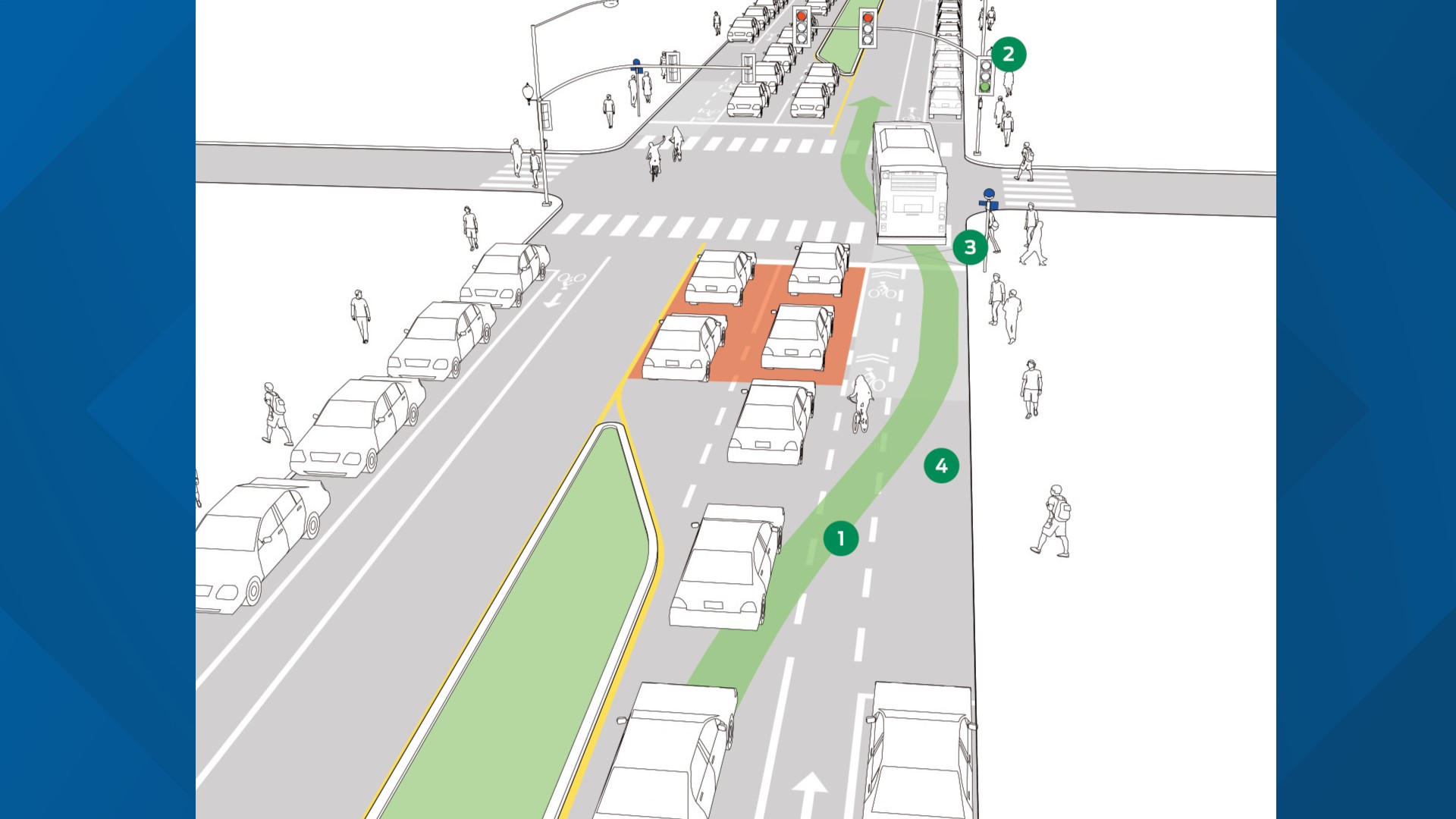ATLANTA — A meeting Monday evening is open to community members on the future rapid bus line connecting the West End neighborhood, East Point and Cleveland Avenue.
The meeting will run from 5 p.m.-7 p.m. at Atlanta Metropolitan State College's Building 800/Edwin A. Thompson Student Center. It will be hosted by Atlanta Councilman Antonio Lewis, the District 12 representative.
Those who wish to attend are encouraged to RSVP here.
According to MARTA, the new Arterial Rapid Transit (ART) line service major destinations including Atlanta Technical College, Atlanta Metropolitan State College, Citi Center Shopping Center, and the BeltLine.
It is projected to be finished and begin service in 2025.
11Alive's Cody Alcorn reported last year on ART lines, which are touted for offering upgraded station stops and faster, more reliable service.
Gregory Chilik, a Senior Transit Project Manager at WSP, an engineering consulting firm, told 11Alive in June that ART is a fast and frequent bus service on existing highways.
"It features shorter waiting times, where at peak times a bus will be coming every 15 minutes or four times an hour," Chilik said.
There won't be exclusive lanes for ART but there will be what's called, "queue jump lanes."
The National Association of City Transportation Officials describes "queue jump lanes" in its Transit Street Design guide as the following:
Queue jump lanes combine short dedicated transit facilities with either a leading bus interval or active signal priority to allow buses to easily enter traffic flow in a priority position. Applied thoughtfully, queue jump treatments can reduce delay considerably, resulting in run-time savings and increased reliability.
ART lines will also give buses traffic signal priority, which works together with the queue jump lanes.
"This allows traffic signals to coordinate better with buses movements," Chilik explained.
The bus stops will include shelter for riders and real-time kiosks displaying route updates. Riders will also pay for their fares in advance, which will cut down on the stop time.

